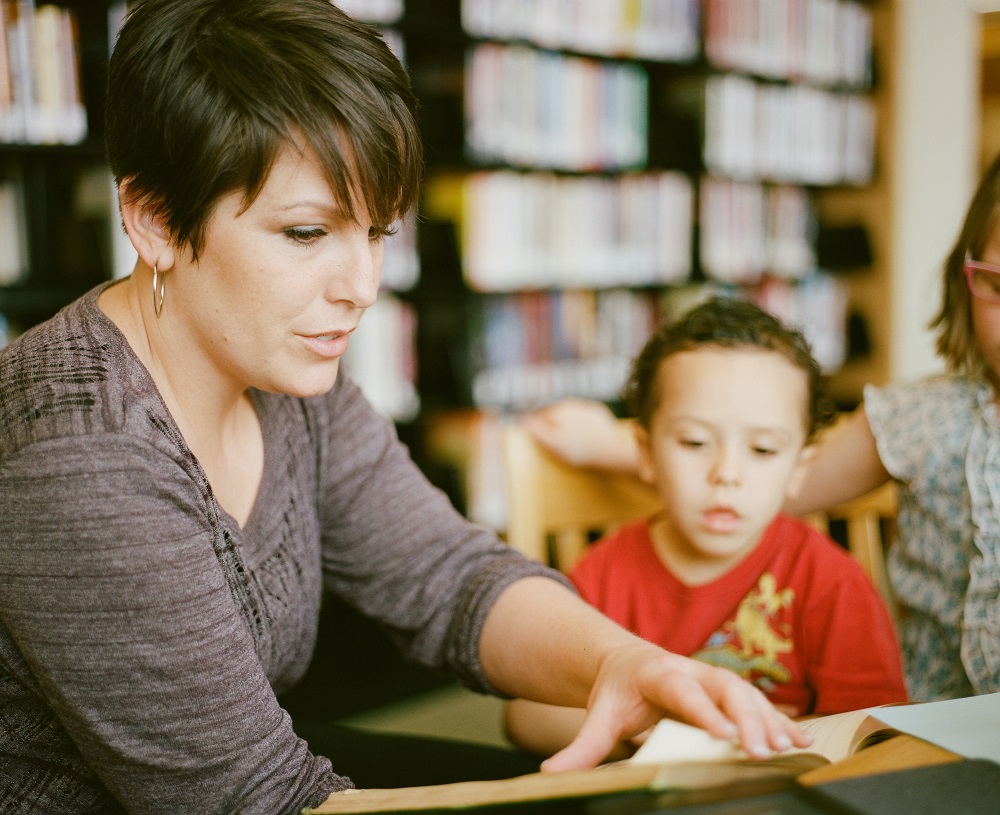By October, many children have settled comfortably into the routine of the new school year. Some kids are happy to be reunited with friends they didn’t see over the summer, and others have already made new friends.
There are others, however, who dread being back in school, plagued by thoughts like, “I don’t know anyone in my new classroom!” or ”What if nobody likes me?” or more stressful worries like, “What if I get picked on (again) this year?” “What if no one sits with me at lunch or plays with me at recess?”
This is an important time of year for parents, teachers, counselors and other caregivers to have discussions with kids about their feelings and social interactions in school.
Questions to ask if you suspect your child is bullied
Try to find a place to talk with minimal distractions at a time when your child is not hungry or exhausted. Instead of asking, “How was school today?” try asking some open-ended questions; you might learn clues about your child’s social interactions.
Here are some suggestions:
- What was the coolest thing you learned today?
- Tell me the names of some kids in your class?
- Where does your class eat lunch this year?
- What did you do during recess?
If your child reports that he has no friends, explore why your child feels isolated. Observe your child’s interactions with other kids on the playground or during playdates. Ask your child’s teachers, coaches or pediatrician for their input. Some children may just be shy, quiet or socially awkward but others may be experiencing bullying, in which case, early intervention is key.

What is bullying?
It’s important to realize what bullying is and what it isn’t. Kids will have conflicts and arguments with other kids. Kids will tease each other and may occasionally hurt one another’s feelings. This is normal. Bullying, however, is a repeated behavior that’s not a “normal part of growing up” or “just a phase that everyone goes through.”
Bullying can be verbal, physical, online or relational, such as actual or threatened social exclusion or sabotage of friendships. Encourage kids to describe the bad behavior (“Billy acted like a bully when he pushed me and made me drop my sandwich!”) instead of labeling people (“Billy is a bully!”). Why is this important? Because young kids need to learn that they can choose how they treat others. Children who have acted like bullies can change their behavior. Likewise, children who have acted like targets can learn to stand up for themselves.
Studies indicate that approximately 20 percent of kids in grades 3-12 report being bullied. Another 14 percent say they are afraid of being bullied. These numbers don’t include the kids who didn’t report it or who have watched friends be bullied.
If Your Child Is Bullied
- Talk to your child about who, what, where, and when it is happening and, if safety is a concern, notify the appropriate adults — bus driver, playground monitor, teacher, principal.
- Reassure your child that you will work this out together but don’t take over, unless safety is at stake, so that he can problem solve and become resilient.
- Build your child’s self-esteem and practice social skills and bullying prevention strategies.
Staci J. Schwartz is a retired physician and author of I’ve Got Your Back: Help Children Say Hello to Friends & Goodbye to Bullies. She has run bullying-prevention workshops in Pennsylvania, New Jersey and Delaware.






